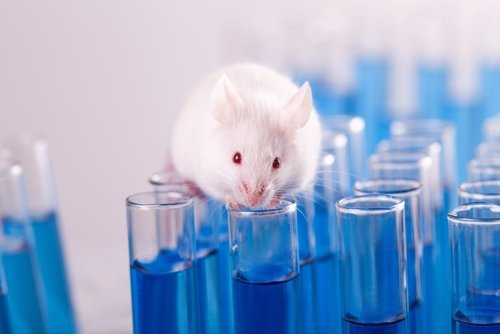Implanting Stem-derived Schwann Cells Improves Motor Activity, Nerve Regeneration in CMT1A

Implanting stem-derived Schwann-like cells into mice with Charcot-Marie-Tooth type 1A improved neuron function, leading to better motor activity and nerve regeneration, according to new research from South Korea.
The study, “Differentiation of Human Tonsil-Derived Mesenchymal Stem Cells into Schwann-Like Cells Improves Neuromuscular Function in a Mouse Model of Charcot-Marie-Tooth Disease Type 1A,” was published in the International Journal of Molecular Sciences.
Charcot-Marie-Tooth type 1A (CMT1A) is the most common CMT subtype. It is caused by mutations in a gene that codes for a protein called peripheral myelin protein 22 (PMP22).
The most common features of CMT1A are the loss of the protective myelin layer surrounding neurons and the dysfunction of axons, which refers to the part of nerve cells that are involved in transmitting signals from one end of a neuron to the other. This leads to muscle weakness, gait abnormalities, and foot deformities.
There is currently no cure for CMT1A.
Recently, researchers have become interested in stem cell transplant as a potential method to treat the disease by aiding in peripheral nerve regeneration.
Specifically, scientists are interested in using tonsil-derived mesenchymal stem cells (T-MSCs) because they have to ability to mature into different types of neurons and are easy to obtain, as tonsils are a ready source of stem cells.
T-MSCs can mature into Schwann cells, which are cells that wrap around axons and form myelin, the protective layer produced by Schwann cells that play a role in increasing neuronal communication. Myelin also plays an important role in many facets of nerve regeneration.
Researchers in Seoul, South Korea, used a mouse model of CMT1A, called Trembler-J (Tr-J) mice, to investigate the therapeutic effects of T-MSC transplantation on axons and muscle.
First, researchers isolated T-MSCs from patients during a tonsillectomy and then allowed them to mature into Schwann cells, which were then called T-MSC-SCs.
After maturation of cells, researchers validated that they were indeed Schwann cells by looking at levels of typical Schwann cell markers.
Next, to test the effectiveness of this treatment, researchers transplanted the T-MSC-SCs into the thigh muscles of Tr-J mice.
Results indicated that transplanted mice had improved locomotive activity using a rotarod (motor skill) test. Additionally, the sciatic function index (which indicates the level of nerve regeneration) also improved in the transplanted mice.
These results suggest that the “transplanted T-MSC-SCs ameliorated demyelination [loss of myelin] and atrophy of nerve and muscle in Tr-J mice,” researchers wrote.
Additional analyses indicated that nerves were being remyelinated through the T-MSC-SC transplant, as indicated by increased myelin thickness and large axons, and visualized through electron microscopy.
“These findings demonstrate that the transplantation of heterologous [not from self] T-MSC-SCs induced neuromuscular regeneration in mice and suggest they could be useful for the therapeutic treatment of patients with CMT1A disease,” scientists added.





